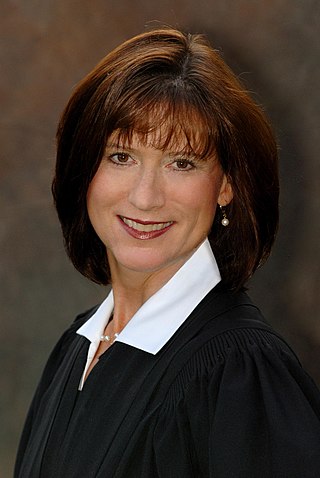| Type | Case | Citation | Issues | Joined by | Other opinions |
|---|
101
| Koons Buick Pontiac GMC, Inc. v. Nigh | 543 U.S. 50 (2004)
| | Rehnquist, Stevens, O'Connor, Kennedy, Souter, Breyer | |
|
402
| Kowalski v. Tesmer | 543 U.S. 125 (2004)
| | Stevens, Souter | |
|
403
| Cooper Indus. v. Aviall Servs. | 543 U.S. 157 (2004)
| | Stevens | |
|
104
| Florida v. Nixon | 543 U.S. 175 (2004)
| | Stevens, O'Connor, Scalia, Kennedy, Souter, Thomas, Breyer | |
| Rehnquist did not participate. |
405
| Illinois v. Caballes | 543 U.S. 405 (2005)
| U.S. Const. amend. IV | Souter | |
| Ginsburg filed one of two dissents from Stevens' 6-2 decision upholding the constitutionality of a search for illegal drugs conducted without cause by a sniffing police dog during a traffic stop. Ginsburg wrote that the Court's decision "clears the way for suspicionless, dog-accompanied drug sweeps of parked cars along sidewalks and in parking lots. ... Nor would motorists have constitutional grounds for complaint should police with dogs, stationed at long traffic lights, circle cars waiting for the red signal to turn green." |
206
| Bell v. Cone | 543 U.S. 447 (2004)
| | Thomas, Breyer | |
|
407
| Smith v. Massachusetts | 543 U.S. 462 (2005)
| | Rehnquist, Kennedy, Breyer | |
|
208
| Johnson v. California | 543 U.S. 499 (2005)
| | Souter, Breyer | |
|
109
| Ballard v. Comm'r | 544 U.S. 40 (2005)
| | Stevens, O'Connor, Scalia, Kennedy, Souter, Breyer | |
|
110
| City of Sherrill v. Oneida Indian Nation | 544 U.S. 197 (2005)
| | Rehnquist, O'Connor, Scalia, Kennedy, Souter, Thomas, Breyer | |
|
111
| Exxon Mobil Corp. v. Saudi Basic Indus. Corp. | 544 U.S. 280 (2005)
| | Unanimous | |
|
412
| Pasquantino v. United States | 544 U.S. 349 (2005)
| | Breyer; Scalia, Souter (in part) | |
|
213
| Johanns v. Livestock Mktg. Ass'n | 544 U.S. 550 (2005)
| | | |
|
214
| Medellin v. Dretke | 544 U.S. 660 (2005)
| | Scalia (in part) | |
|
115
| Cutter v. Wilkinson | 544 U.S. 709 (2005)
| Religious Land Use and Institutionalized Persons Act | Unanimous | |
|
216
| Spector v. Norwegian Cruise Line Ltd. | 545 U.S. 119 (2005)
| Americans with Disabilities Act | Breyer | |
|
417
| Dodd v. United States | 545 U.S. 353 (2005)
| | Breyer | |
|
418
| Exxon Mobil Corp. v. Allapattah Servs. | 545 U.S. 546 (2005)
| | Stevens, O'Connor, Breyer | |
|
119
| Halbert v. Michigan | 545 U.S. 605 (2005)
| | Stevens, O'Connor, Kennedy, Souter, Breyer | |
|
120
| Mayle v. Felix | 545 U.S. 644 (2005)
| | Rehnquist, O'Connor, Scalia, Kennedy, Thomas, Breyer | |
|
221
| Metro-Goldwyn-Mayer Studios, Inc. v. Grokster, Ltd. | 545 U.S. 913 (2005)
| copyright law | Rehnquist, Kennedy | |
| Ginsburg also joined Souter's unanimous opinion. |




